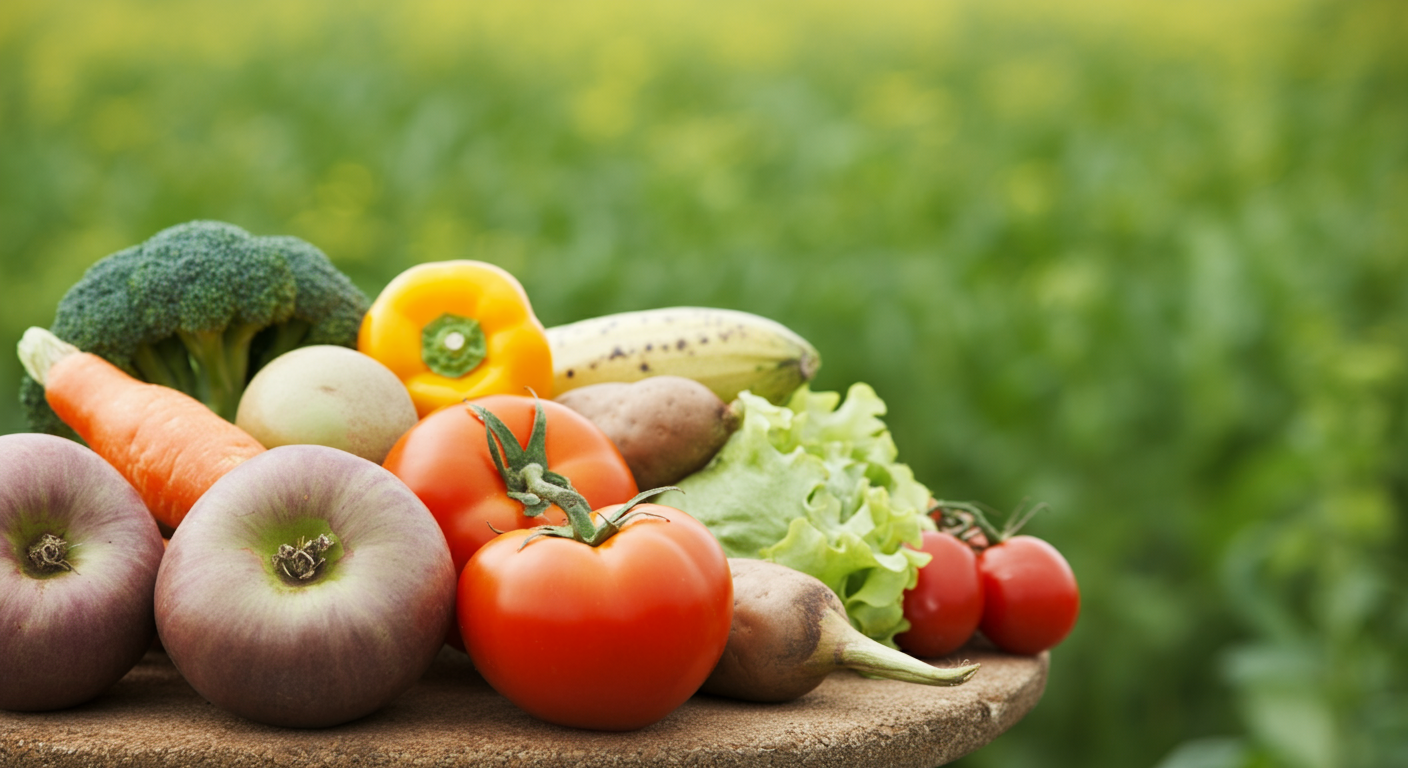Food Security: Challenges and Solutions
Food security is a fundamental human right, yet millions of people around the world still face hunger and malnutrition. While progress has been made in some regions, climate change, economic instability, and geopolitical conflicts continue to threaten global food systems. Addressing these challenges requires thoughtful solutions that balance sustainability, equity, and innovation.

Understanding Food Security
Food security exists when all people, at all times, have physical and economic access to sufficient, safe, and nutritious food that meets their dietary needs. The United Nations identifies four key dimensions of food security:
- Availability – Enough food is produced and supplied.
- Access – People have the resources to obtain food.
- Utilization – Food is nutritious and safely consumed.
- Stability – Food supply remains consistent over time.
When any of these pillars weaken, food insecurity arises, leading to hunger, malnutrition, and long-term health consequences.
Key Challenges to Food Security
1. Climate Change and Environmental Stress
Rising temperatures, unpredictable weather patterns, and extreme events like droughts and floods disrupt agricultural production. Soil degradation and water scarcity further strain food systems, particularly in vulnerable regions.
2. Economic Inequality and Poverty
Even when food is available, many cannot afford it. Inflation, unemployment, and low wages prevent millions from accessing nutritious meals, pushing them toward cheaper, less healthy alternatives.
3. Conflict and Political Instability
Wars and political unrest disrupt food supply chains, destroy farmland, and displace communities. Regions like Sub-Saharan Africa and the Middle East often face severe food shortages due to prolonged conflicts.
4. Food Waste and Loss
Nearly one-third of all food produced is lost or wasted—whether from poor storage, transportation issues, or consumer habits. Reducing waste could significantly improve food availability.
5. Unsustainable Agricultural Practices
Over-reliance on monocultures, excessive pesticide use, and deforestation weaken ecosystems. Transitioning to sustainable farming is essential for long-term food security.
Solutions for a More Food-Secure Future
1. Promoting Sustainable Agriculture
- Agroecology – Farming methods that work with nature, such as crop rotation and organic practices, improve soil health and resilience.
- Precision Farming – Using technology like drones and AI to optimize water and fertilizer use can boost yields sustainably.
2. Strengthening Food Distribution Systems
- Reducing Food Waste – Better storage, transportation, and consumer education can minimize losses.
- Local Food Networks – Supporting small-scale farmers and community markets ensures more equitable food access.
3. Economic and Policy Interventions
- Social Safety Nets – Programs like food subsidies, school meals, and cash transfers help vulnerable populations afford nutritious food.
- Fair Trade Policies – Ensuring farmers receive fair wages stabilizes food production and reduces poverty.
4. Climate Adaptation and Innovation
- Drought-Resistant Crops – Research into resilient seed varieties helps farmers adapt to changing climates.
- Vertical and Urban Farming – Growing food in cities reduces transportation costs and land use pressures.
5. Global Cooperation
Food security is a shared responsibility. International partnerships, like the UN’s Sustainable Development Goals (SDGs), aim to end hunger by 2030 through coordinated efforts in aid, trade, and technology sharing.
A Collective Responsibility
Achieving food security requires collaboration—between governments, businesses, farmers, and consumers. By embracing sustainable practices, reducing waste, and ensuring equitable access, we can build a future where no one goes hungry.
Small steps matter. Whether it’s supporting local farmers, minimizing food waste at home, or advocating for fair policies, everyone has a role to play in creating a more food-secure world.
What steps will you take to contribute? Share your thoughts in the comments below.